Q&A: Avoiding surgery after six weeks of physio


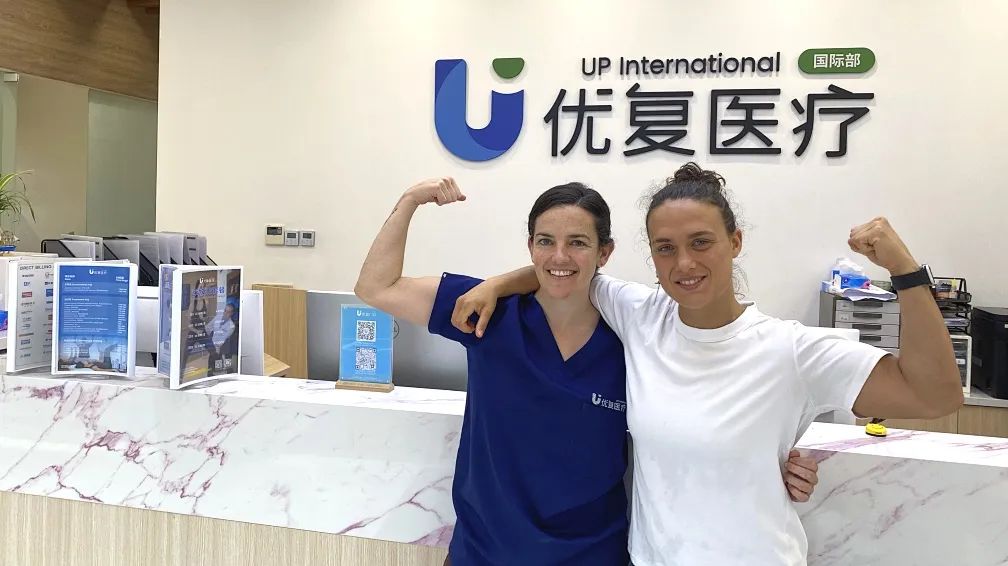
Sara is a fitness coach in Shanghai. From heavy lifting to functional training to women’s football, she does it all. But with her high volume of coaching and training, she isn’t immune to injury. Recently, she dislocated a shoulder and had a SLAP tear, meaning she tore the cartilage in her shoulder joint, which is critical for stability. She came into UP Clinic to see our physical therapist Jenna, whom she met through Shanghai’s female football league, so that she could get back to 100%.

Author / Lauren PT / Jenna
UP Medical
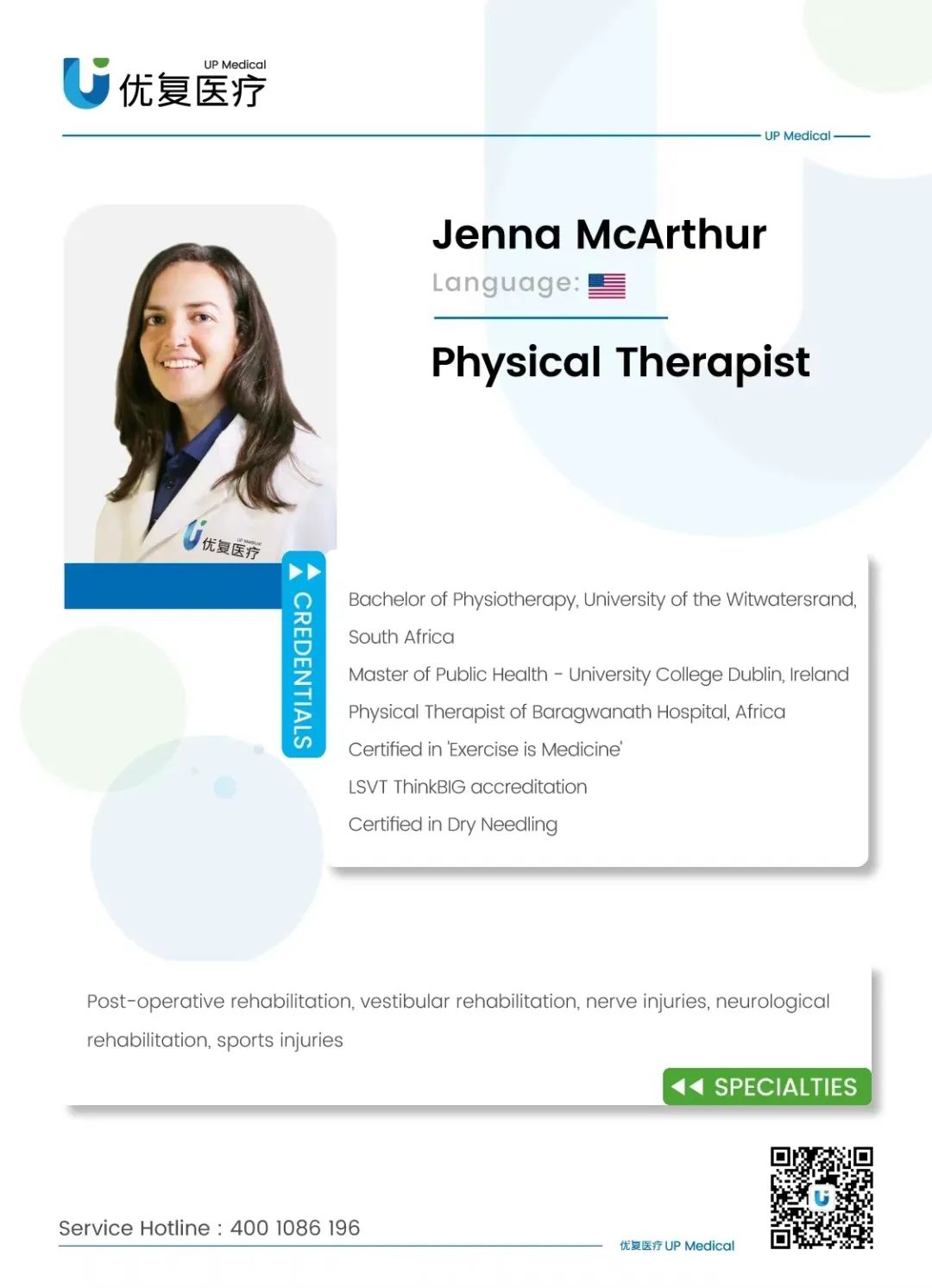
Throughout their work together, Sara was able to recover and avoid surgery which was initially thought impossible.
Turns out, if you listen to your physio and do your exercises as instructed, you could save yourself from unnecessary surgery, money and pain.
“Sara is the perfect example that hard work and consistency pay off. I think many people come to the physio and expect to be “fixed” within a couple sessions. And maybe they do feel better after some manual therapy, but we haven’t necessarily solved the root cause of the problem. Real, lasting changes take time. They take patience and consistency with the prescribed movement corrections and strengthening exercises,” adds her physio Jenna.
It sounds simple, but you would be surprised. Learn more about how Sara and Jenna worked together to help Sara avoid surgery and get stronger through their work together:
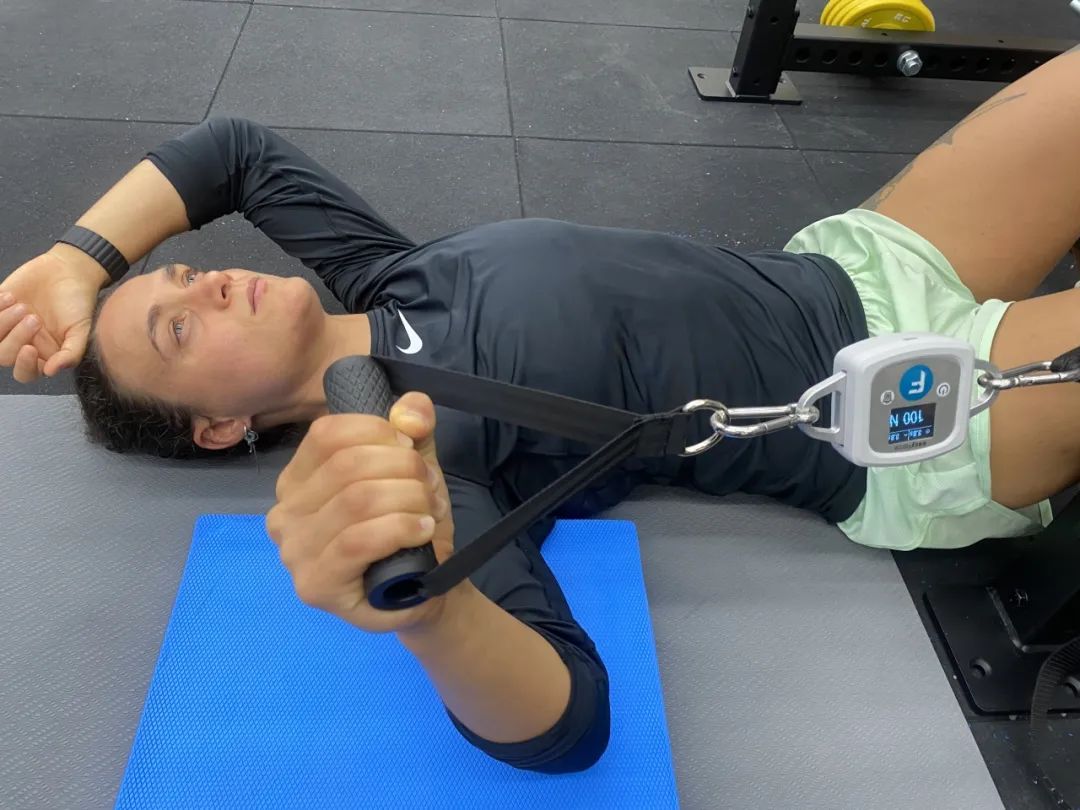
Q
You train regularly, as well as coach; it’s not easy to work with an injury when you’re in that field. Apart from wanting to perform at your best, what made you decide to come in?
After finding out about my shoulder, I was given a maximum of six weeks from a surgeon to try and repair it, otherwise I would need surgery. He told me there was no chance to recover the instability and range of motion without surgery, but still gave me the benefit to try and recover through physiotherapy.
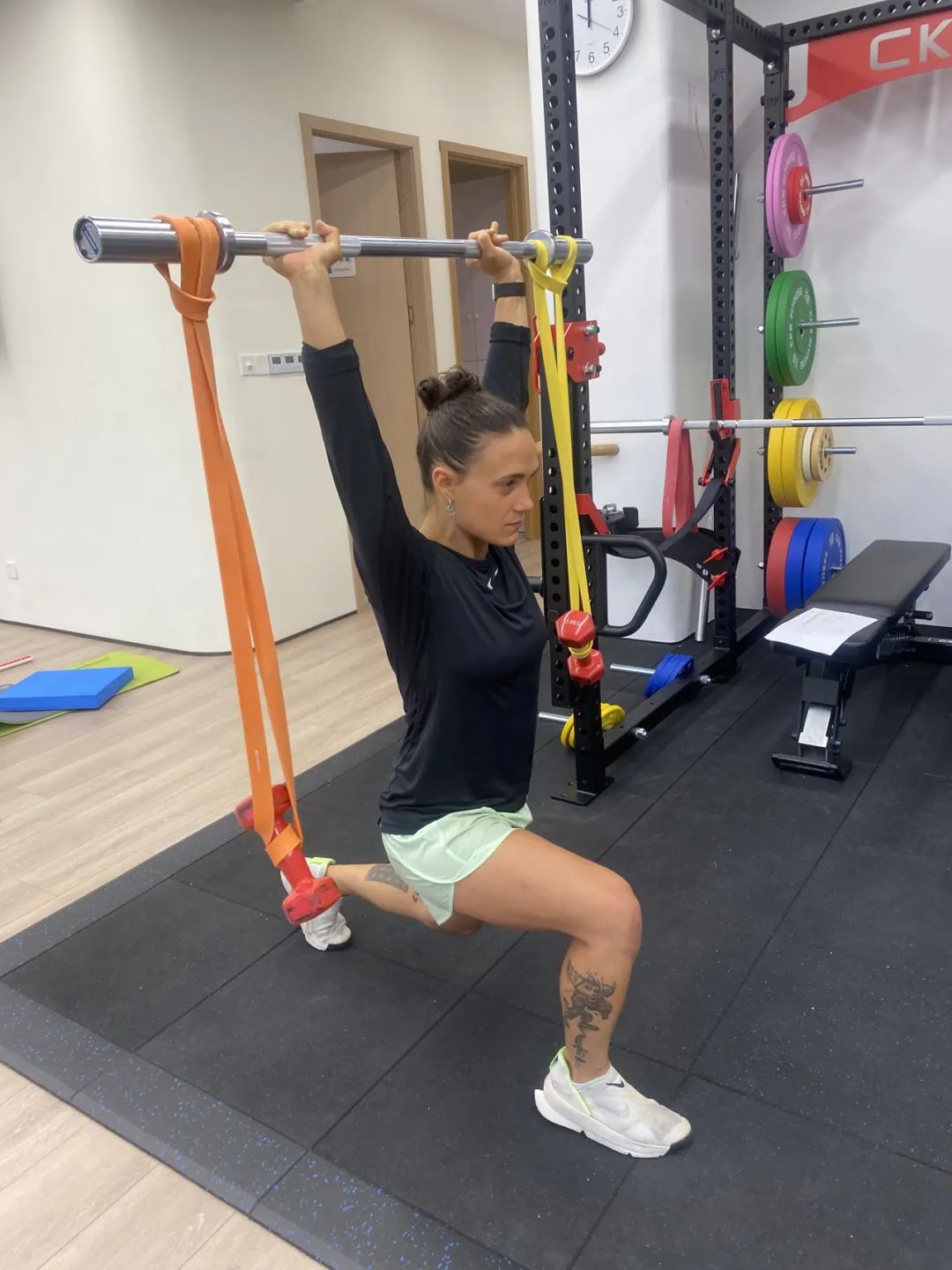
Q
What types of exercises were given to you to help your recovery?
Stabilization exercises. The most effective one was the Swiss ball stabilization exercises, especially using that as a warm up before working on more detailed strength exercises with a ‘pull’ focus to try and reinforce the scapular and rear deltoid.
Another exercise that helped me to re-learn how to control my shoulder included a rotational movement from a leaning position; balancing a small kettlebell while rotating my torso and working on shoulder stability and motion. I went from 2kg to 10kg. Around the 8Kg mark I could really feel how much my shoulder stability improved.
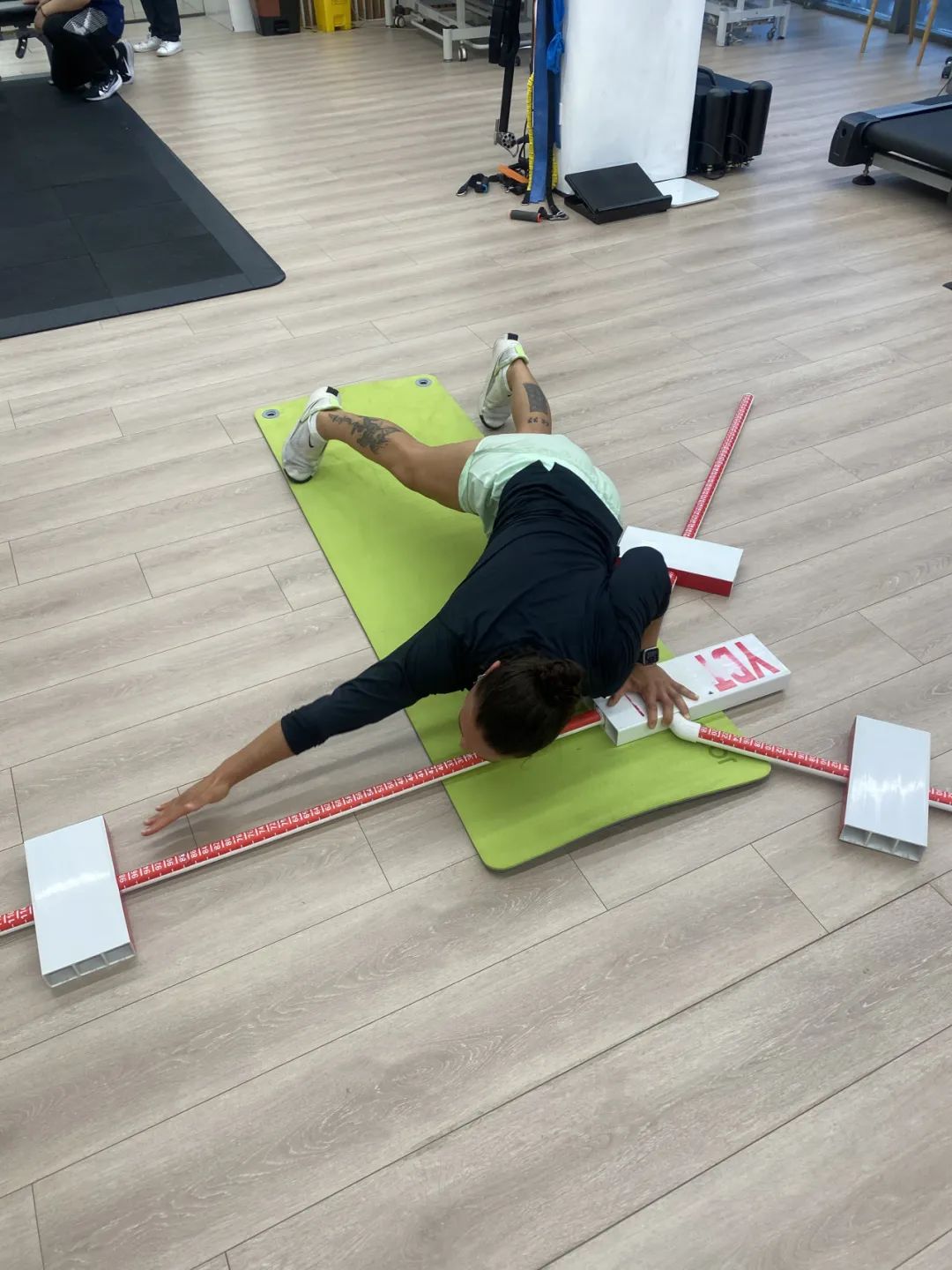
Q
What was the most difficult part of the process?
The first two weeks. Not being able to perform basic movements, such as push, pull, hang, rotate was mentally very difficult as someone passionate about fitness and a trainer. I felt limited and completely powerless to control my body, which is usually my biggest skill.
Q
During the recovery process, were there any moments where you felt motivated or inspired by your progress?
Yes, doing high reps, low weight at a slow pace. It required a LOT of patience and at least 10 minutes of work per day, even during my lunch break. The consistency and repetition of the right exercises as part of my daily routine made it easy; it felt almost natural. I got to a point in which I forgot I was doing this to recover and I started doing it just to move better as part of my regular training, not as therapy. That was an “Aha” moment, where it came to feel more like pleasure than a ‘must’.
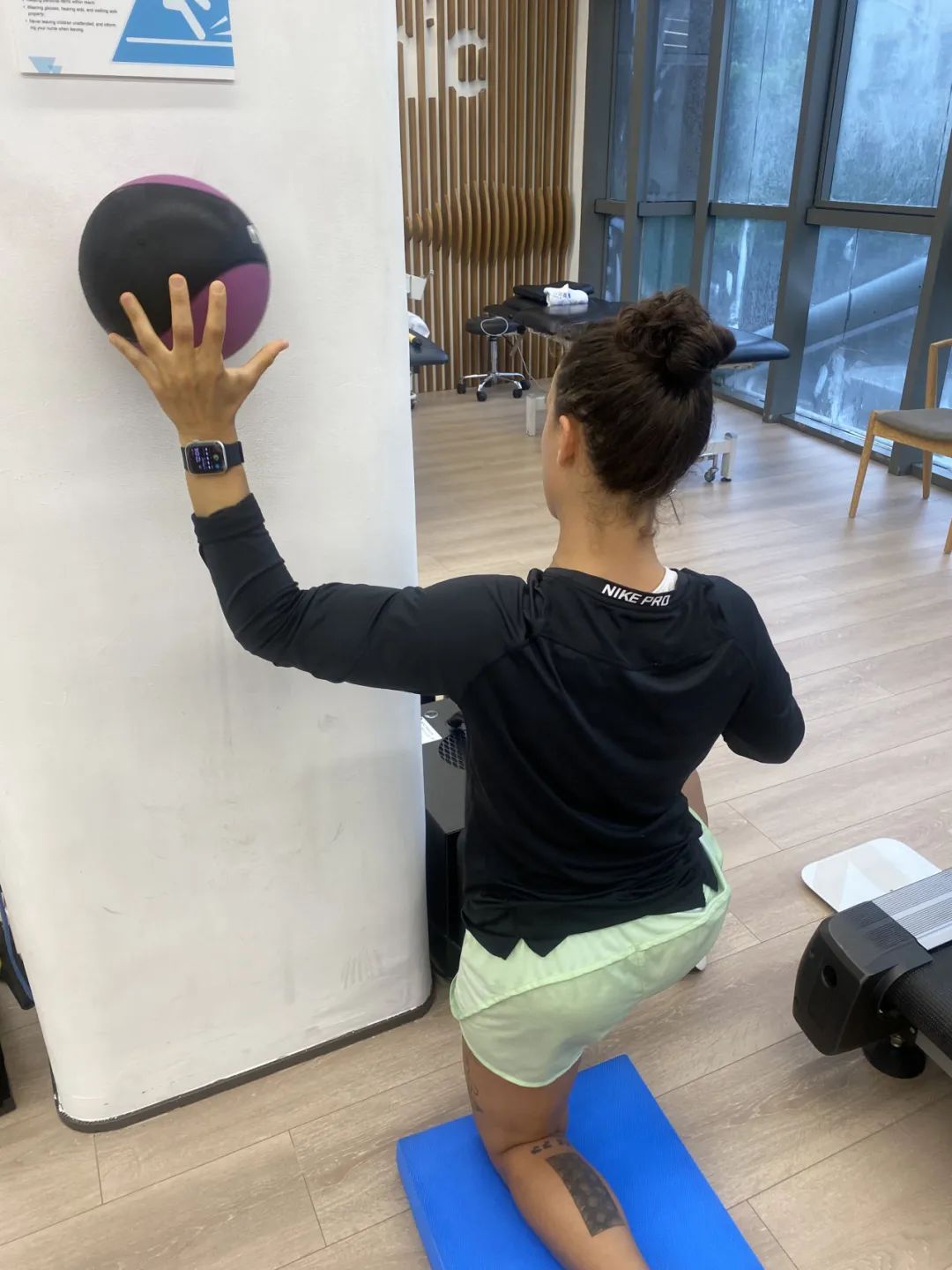
Q
Did you manage it make progress within the 6 weeks timeframe?
Yes; it was about six weeks. I didn’t do many visits, but I used the precious information I received from Jenna and integrated that with my daily profession and lifestyle. It was a huge accomplishment, and no surgery!
Q
Do you have any advice for anyone dealing with pain or looking for recovery support?
Don’t stop moving. Even an inch makes the difference. Stop moving and you will limit your body and your mind.
Q
Is there anything else you’d like to share or include?
The hardest part about physiotherapy is not about performing the exercises, it’s about re-learning how to move a part of your body in the right way. That includes re-linking so many other joints and muscles and getting them used to completely different patterns. It’s also incredible work for your mind.
“It’s also important to understand that recovery from an injury is not a perfect linear progression from point A to point B,” adds Jenna. “There will be both good and bad days during your rehabilitation, but overall one should be making improvements – it just takes time, often longer than we expect!
It’s always a pleasure working with people like Sara, who take real responsibility and ownership for their rehabilitation….and I just guide the way.”

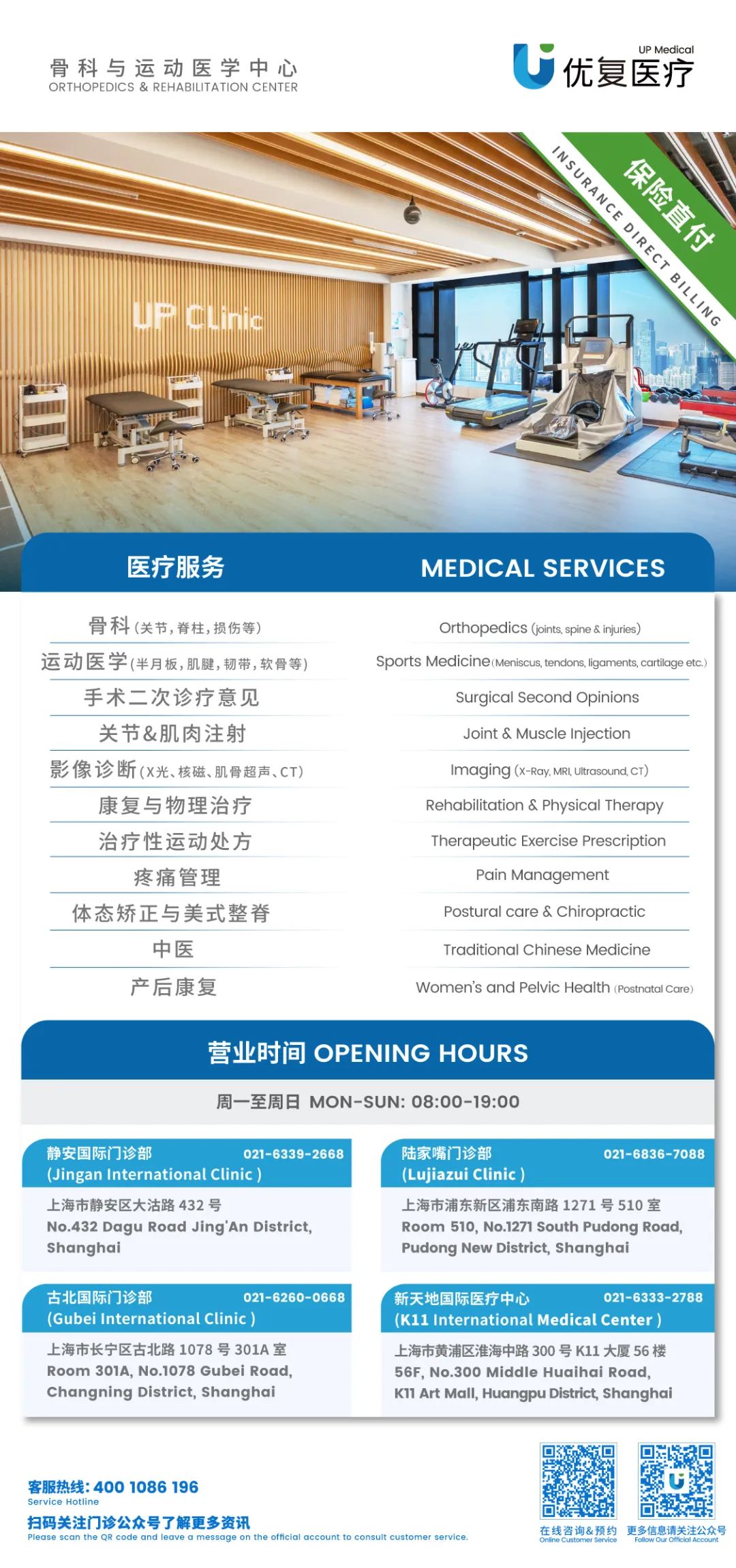
本篇文章來源于微信公衆号: 上海優複康複醫學門診部

